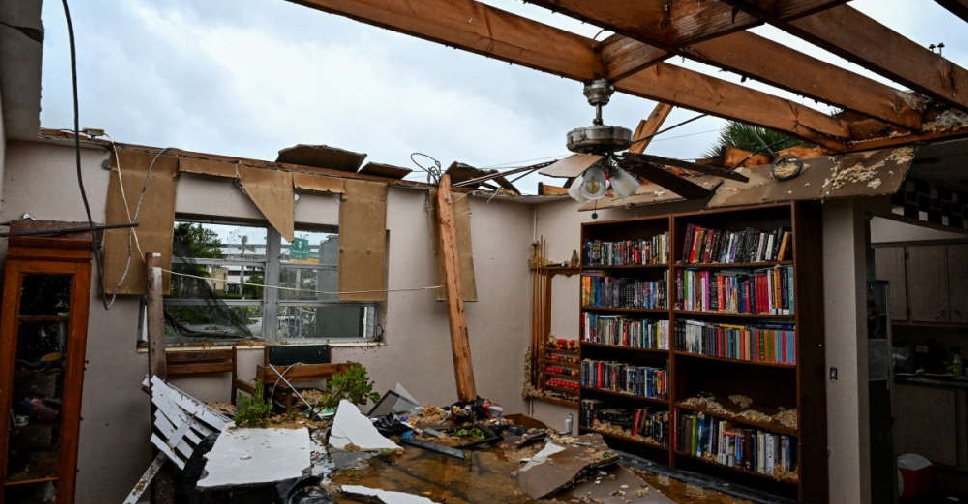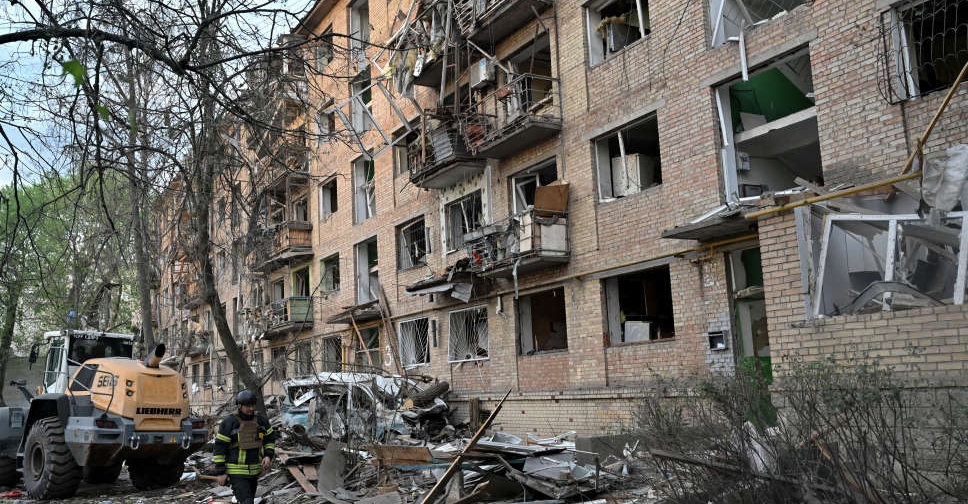
Hurricane Milton whipped up deadly tornadoes, destroying homes and provoking flash floods and power outages on Florida's West Coast, as it began its eastward march across the state.
A flash flood emergency was in effect for the Tampa Bay area including the cities of Tampa, St. Petersburg and Clearwater, the hurricane center said, with St. Petersburg already receiving 16.6 inches (422 mm) of rain on Wednesday.
The eye of the storm came ashore in Siesta Key, a barrier island town of some 5,400 off Sarasota about 60 miles (100 km) south of the Tampa Bay metropolitan area, which is home to more than three million people.
With the storm coming ashore before high tide, Governor Ron DeSantis said he hoped the west coast of Florida could avoid the worst of the predicted storm surge. Forecasters said seawater could rise as high as 13 feet (four meters).
DeSantis also expressed hope that Tampa Bay, once seen as the potential bull's eye, could avoid major damage and allow shipping to resume promptly after the storm passes.
Even so, Milton had already spawned at least 19 tornadoes. Multiple fatalities were reported at a retirement community following a suspected tornado in Fort Pierce on the eastern coast of Florida, ABC News reported, citing St. Lucie County Sheriff Keith Pearson. His department did not immediately respond to a request for details.
The tornadoes caused damage in numerous counties, and destroyed around 125 homes, most of them mobile homes, DeSantis said.
More than 1.3 million homes and businesses in Florida were without power.
"At this point, it's too dangerous to evacuate safely, so you have to shelter in place and just hunker down," DeSantis said upon announcing the landfall.
The storm was expected to cross the Florida peninsula overnight and emerge into the Atlantic, still with hurricane force, on Thursday.
Once past Florida, it should weaken over the western Atlantic, possibly dropping below hurricane strength on Thursday night, but will nonetheless pose storm-surge danger on the state's Atlantic coast as well.
Tropical storm force winds were engulfing much of the state. At sea, the hurricane created waves close to 28 feet (8.5 meters) high, the National Oceanic and Atmospheric Administration said.
In a state already battered by Hurricane Helene two weeks ago, as many as two million people were ordered to evacuate, and millions more live in the projected path of the storm.
Much of the southern US experienced the deadly force of Hurricane Helene as it cut a swath of devastation through Florida and several other states. Both storms are expected to cause billions of dollars in damage.



 Indian army chief to visit Kashmir in aftermath of Pahalgam attack
Indian army chief to visit Kashmir in aftermath of Pahalgam attack
 Trump tells Putin to 'stop' after Russian attack kills 12 in Kyiv
Trump tells Putin to 'stop' after Russian attack kills 12 in Kyiv
 Pakistan closes air space for Indian airlines
Pakistan closes air space for Indian airlines
 India will pursue perpetrators of Kashmir attack to 'ends of earth', Modi says
India will pursue perpetrators of Kashmir attack to 'ends of earth', Modi says



